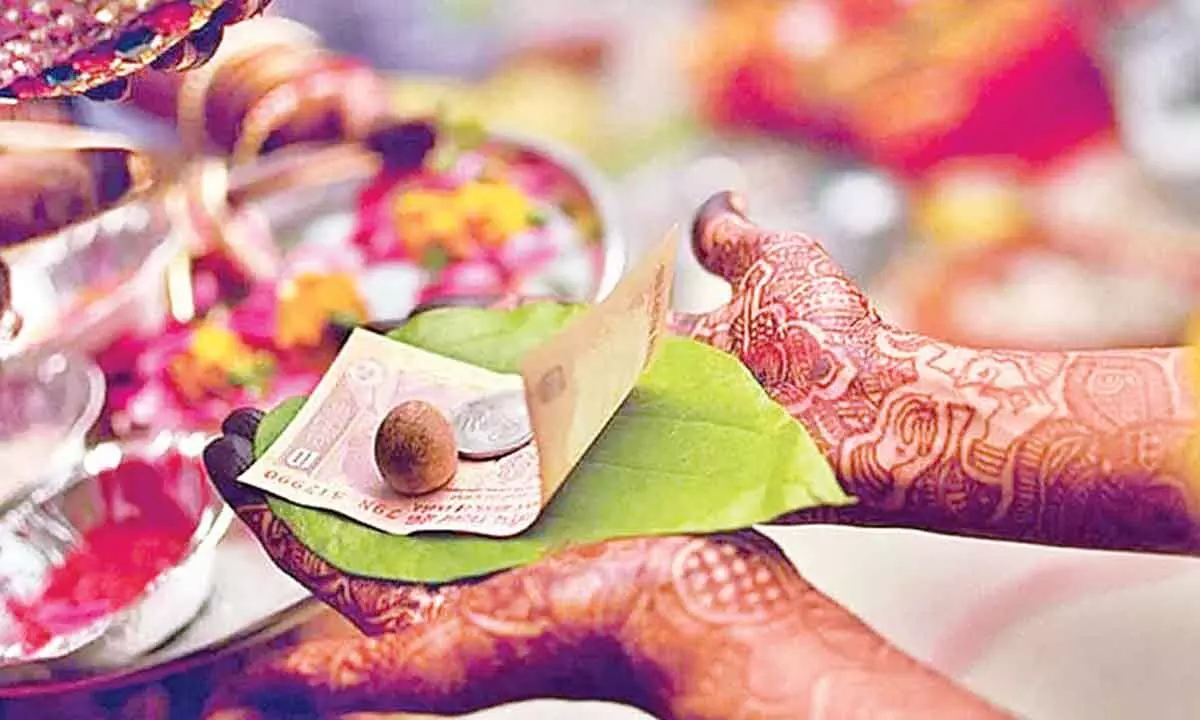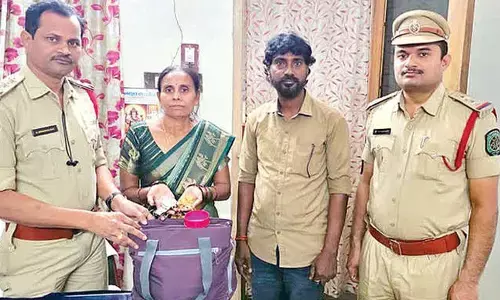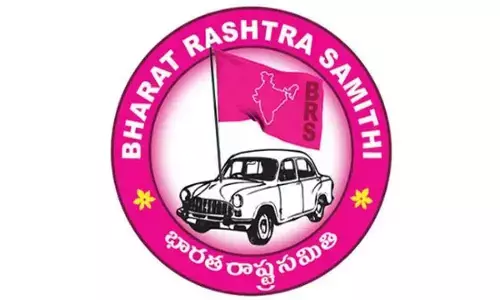Why Indians add one rupee in money gifting

In a country steeped in tradition and cultural significance, even the act of gift-giving holds a deeper meaning.
In a country steeped in tradition and cultural significance, even the act of gift-giving holds a deeper meaning. One such tradition that has endured for generations is the practice of adding one rupee along with monetary gifts, known as “Shagun.” This age-old custom, deeply ingrained in Indian culture, carries with it a rich tapestry of beliefs and symbolism, each contributing to its enduring popularity.
The Symbolism Behind Shagun:
The addition of one rupee to monetary gifts is far more than a mere token of generosity; it is laden with symbolism and significance. In Hinduism, the concept of ‘shunya’ or zero signifies the end, while ‘one’ symbolizes the beginning of a new chapter. By adding that extra rupee, gift-givers usher in auspicious beginnings for the recipient, ensuring a fresh start filled with hope and optimism.
A Tradition Rooted in Belief:
Beliefs and customs play a pivotal role in shaping traditions, and Shagun is no exception. This custom is typically observed during auspicious occasions such as weddings, birthdays, and ceremonies marking significant milestones in one’s life. The addition of one rupee serves as a symbolic gesture of blessing and good fortune, marking the commencement of a new journey for the recipient.
Fostering Community Bonds:
In addition to its symbolic significance, Shagun also serves as a means of fostering communal ties and strengthening social bonds. In days gone by, festivals and gatherings provided opportunities for communities to come together and celebrate. By adding the extra rupee, gift-givers establish a wholesome debt with the recipient, fostering a sense of reciprocity and solidarity within the community.
Echoes of Draupadi’s Akshaya Patra:
Drawing parallels from Hindu mythology, the tradition of Shagun finds resonance in the story of Draupadi and her Akshaya Patra. Just as Lord Krishna blessed Draupadi with a vessel that would always have some extra rice to feed everyone, the additional rupee in Shagun symbolizes the hope for abundance and prosperity, even in challenging times.
Unity Amidst Diversity:
The custom of adding one rupee in money gifting also embodies the value of unity amidst diversity. In the past, social gatherings were primarily limited to weddings, where guests bestowed their blessings upon the newlyweds. By gifting an amount that cannot be evenly divided, gift-givers symbolize the importance of unity and cooperation, ensuring that wealth does not become a source of discord but rather a catalyst for collective prosperity.
The Holiness of Metallic Coins:
Furthermore, the choice of a metallic coin as the additional rupee holds significance in Hindu culture. Metals are revered as symbols of prosperity and abundance, with gold and silver coins traditionally being gifted on special occasions. The inclusion of a metallic coin adds to the auspiciousness of the gesture, invoking the blessings of Goddess Lakshmi, the deity of wealth and prosperity.
Encouraging Growth and Prosperity:
Lastly, Shagun serves as a catalyst for growth and prosperity, both symbolically and practically. While the primary amount is intended for immediate use, the additional rupee encourages the recipient to invest in their future. This echoes the timeless tale of the enterprising boy who transformed a single paisa into a fortune, emphasizing the power of wise investments and steady efforts.
In conclusion, the tradition of adding one rupee in money gifting encapsulates the essence of Indian culture – a harmonious blend of symbolism, belief, and community spirit. As generations continue to uphold this age-old custom, it serves as a testament to the enduring traditions that bind communities together, transcending time and space.

















